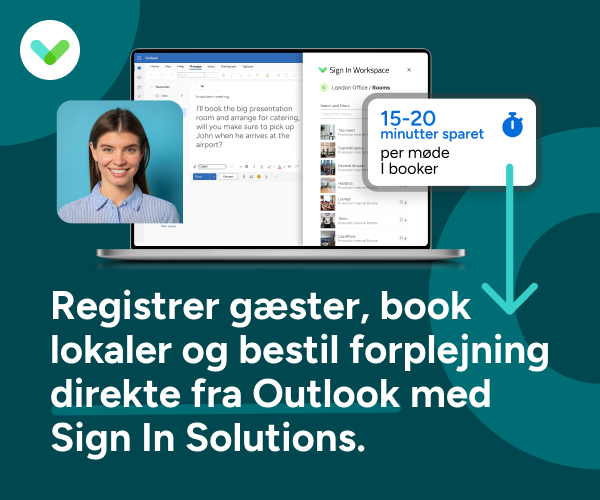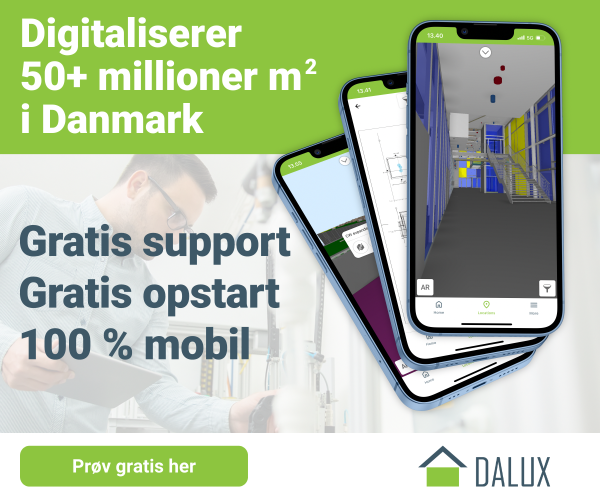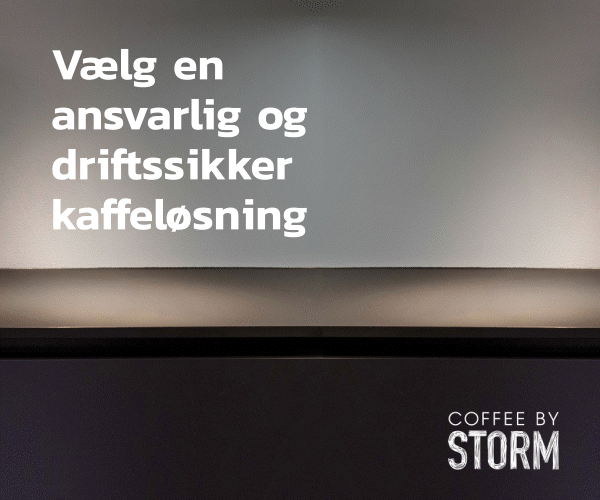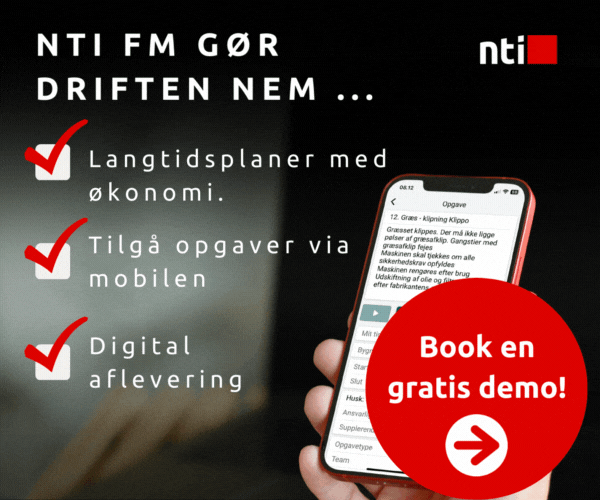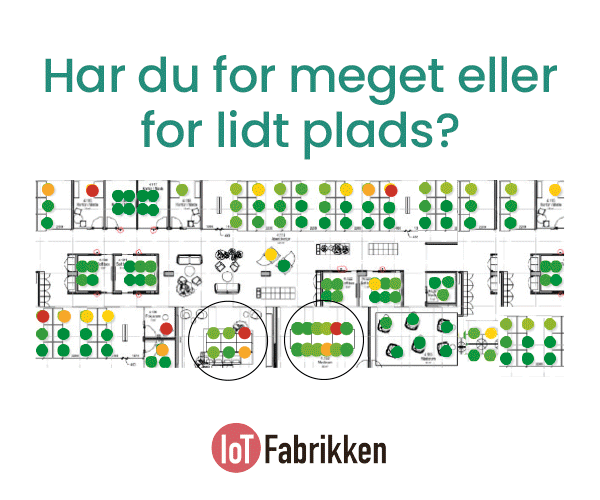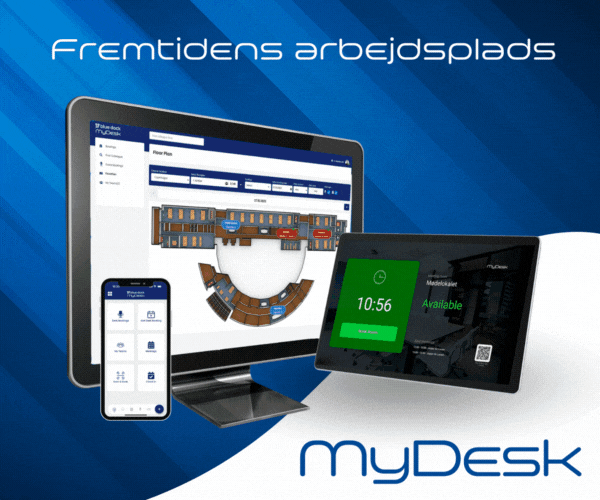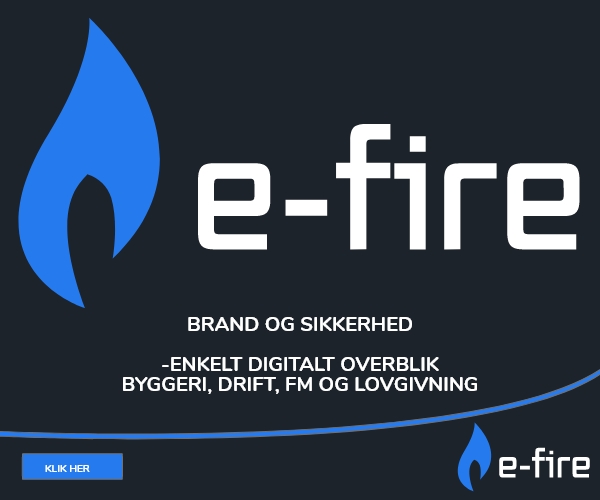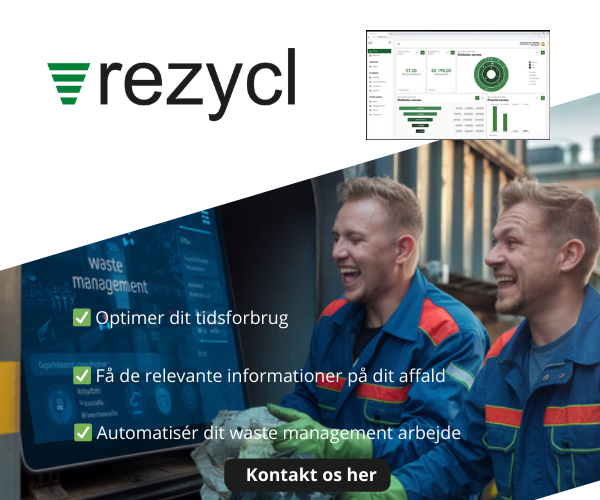Innovation and FM in the time of COVID-19
Article
Giulia Nardelli, PhD, Associate Professor, DTU Management
Three aspects to consider for a better balance between hygiene and human interactions.
Since the spread of the COVID-19 and the strict lockdown measures adopted by countries all over the world, the requirements for facility managers in Denmark and abroad have changed. While many (especially knowledge workers) continue working from home, facility managers play a key role as they prepare for when society will be opened again.
Studies show that the working space has a key effect on creativity and innovation and that facility managers can contribute to core business by designing workspaces in a way that facilitates networking and collaboration (e.g. Appel-Meulenbroek & Nardelli, 2016).
When people will go back to work, school and daycare, both facilities and touchpoints (e.g. those spots where people interact with facility services) will need to balance high hygienic standards and social distancing to reduce contagion with space for interactions to guarantee individual wellbeing and innovation.
Humans are social beings, and they thrive when they can interact with others. In this so far unique circumstances, facility managers will play a key role in determining how organizations and their employees can thrive and innovate while ensuring their health and safety.
Yet how can facility managers allow for interactions while keeping people safe in the time of the COVID19?
Here, I present the results of my research on innovation and FM in the light of the current and upcoming challenges to propose three aspects for facility managers to consider when aiming for a satisfactory balance of high hygienic standards and space for human interactions:
1: Think about the journey of employees in each facility before & after the COVID-19 outbreak. Which touchpoints were critical for networking and innovation before social distancing became an issue?
For years, a great way to support creativity and innovation was to concentrate touchpoints where people would meet and talk, for example while queuing for coffee or eating at a big, shared table.
In Denmark, people drink a lot of coffee and visit coffee machines several times a day. By limiting the number of coffee machines within a given workspace, facility managers can make sure people meet their colleagues repetitively during the day, which research shows to have a positive effect on their creativity and innovation rates.
Although we can try using online tools such as Yammer and Slack for virtual coffee break, the interaction is not the same.
While it is no longer possible to create coffee machine and cafeteria cues, people will continue drinking coffee. Yet if touchpoints are moved into the open air, coffee drinkers are less likely to spread the virus and still be able to meet and interact face-to-face with their colleagues.
Similarly, meeting rooms will require different designs and servicing to allow for stricter hygiene and social distancing. Walk-and-talk paths around the facilities are not new to facility managers, but can be re-visited to ensure face-to-face interactions at a lower risk for contagion, while also promoting physical activity.
2: Think about digitalization, big data and automation in the light of the COVID19 restrictions. How can technology support smart facilities and alternative touchpoints?
An ongoing study by DTU management indicates that many people, depending on their situation at home, find working from home more efficient than being at the office, due to less interruptions and shorter meetings. In Denmark, managers are now planning to encourage more working from home solutions after the lockdown.
Thanks to FM systems for smart work and hot desking solutions, facility managers could be a key enabler of the transition to a more flexible way of working. For example, at the UK Ministry of Justice, FM led the transition from traditional onsite work to a system of distributed commuter working hubs enabled.
Facility managers can work towards integrated solutions that combine smart working, hot desking, digital behavior tracking, and automated services. Such solutions would help manage, monitor, and nudge people’s behavior around facilities, while also supporting the organization and coordination of FM services whenever and wherever needed.
For example, tracking data from indoor and outdoor GPS could be combined with automated cleaning technologies and smart booking systems to ensure proper hygiene and allow for face-to-face interactions while avoiding crowding at critical times.
To design the best combination of digital solutions, facility managers can integrate opportunities for face-to-face interaction by using digital data to follow the journey the employees experience in each facility. Integrated digital solutions already solve crowd management challenges in complex FM contexts such as congresses and sport events.
Interconnected applications could nudge people’s behavior around a facility by suggesting the best time to visit the coffee machine and the best open office area to work, potentially even matching people’s profile based on skills and interests.
3: Think about the implementation for all involved stakeholders. How would affected parties react to the changes that are about to be introduced?
The transition to new ways of using facilities in combination with more and more advanced digital solution can be traumatic for both end users and providers.
Understanding needs and expectations of all FM stakeholders is key. This understanding can be achieved partially by mapping people’s journey within each facility. However, proper understanding also requires an assessment of what executives and line managers expect FM services to contribute to core business with.
Shifting the focus from FM as a cost center to profit driver can help in developing solutions that add value to the organization it serves, for example by supporting innovation and individual wellbeing through creative solutions.
Considering privacy and ethic aspects of implementing new FM solutions is key to respect individual rights as digital technologies get more and more intrusive within work environments.
Finally, the success of implementing new FM solutions also comes from change management. Facility managers can benefit from cooperating with executives and line managers in explaining and promoting the new initiatives, and use dedicated training and nudging to enable end users gaining most from the transition.
Giulia can be reached at: ginar@dtu.dk





